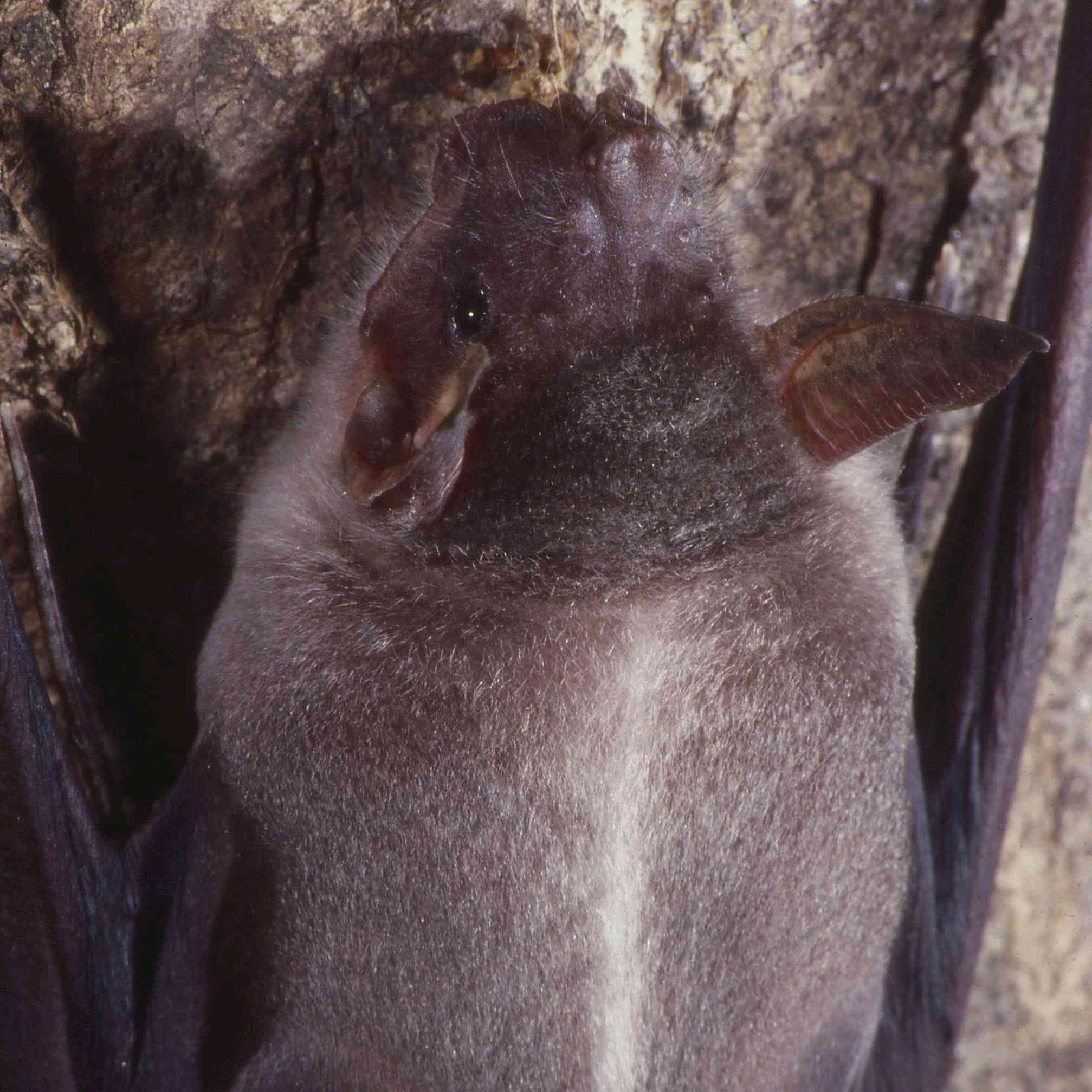The recent New York Times Mini crossword puzzle, published on October 26, 2023, presented a seemingly simple clue that ignited a wave of curiosity: “Loudest animal on earth, with songs of over 180 decibels”. The answer, a sperm whale, is known for its impressive vocalizations. But is it truly the loudest animal on Earth? This seemingly straightforward question has sparked a debate among scientists, leading us on a fascinating deep dive into the world of animal sounds.
Beyond the Blue Whale: Unveiling Earth’s Loudest Animals
For years, the blue whale, the largest animal on the planet, has worn the crown for loudness. And for good reason – their calls, exceeding a staggering 188 decibels, can travel hundreds of miles underwater. To put that in perspective, that’s louder than a jet engine at takeoff!
However, the search for the absolute loudest animal isn’t as simple as measuring decibels alone. While the blue whale’s calls travel incredibly far, recent research suggests that other animals may produce sounds with greater intensity at the source. This is where the contenders for the “loudest animal” title truly make some noise.
A Tiny Titan: The Mighty Snap of the Snapping Shrimp
Believe it or not, one of the top contenders for the loudest animal on Earth is a creature smaller than your thumb: the snapping shrimp. These tiny crustaceans, measuring just about two inches long, possess an acoustic superpower.
When a snapping shrimp snaps its claw, it creates a high-speed jet of water that generates a cavitation bubble. This bubble collapses with incredible force, producing a sound that can reach an astounding 218 decibels – that’s even louder than a blue whale’s call! The collapse is so intense that it briefly generates heat hotter than the sun’s surface!
But the snapping shrimp isn’t just making noise for fun. This sonic weapon is crucial for their survival. They use it to stun prey, defend their territory, and even communicate with each other.
The Deep Dive: Unveiling the Sperm Whale’s Sonic Power
Another contender for the loudest animal title comes from the depths of the ocean: the sperm whale. Known for their massive size and deep dives in pursuit of giant squid, sperm whales rely on echolocation to navigate and hunt in the dark ocean depths.
They emit incredibly powerful clicks, which bounce off objects in the water, painting a sonic picture of their surroundings. These clicks are not just practical, they’re also incredibly loud. Some scientists estimate that sperm whale clicks can reach over 230 decibels, potentially exceeding even the intense snaps of the snapping shrimp. To put that into perspective, that’s akin to having a rocket launch right next to your ear!
The Loudest Animal on Earth: A Matter of Perspective
So, who claims the title of “Loudest Animal on Earth”? The answer, it seems, depends on how you define “loudness.” If we’re talking about the absolute intensity of the sound at the source, then the sperm whale, with clicks potentially exceeding 230 decibels, may take the crown.
However, if we consider the animal’s size in proportion to the sound produced, the snapping shrimp, at a mere two inches long, producing a 218-decibel snap, emerges as a strong contender. It’s a classic David versus Goliath matchup in the animal kingdom.
Beyond Decibels: The Importance of Animal Sounds
The ongoing debate about the loudest animal highlights the incredible diversity of sound in the animal kingdom. But beyond the quest for the loudest, studying animal sounds – a field known as bioacoustics – offers invaluable insights into animal behavior and the challenges they face.
Scientists are using underwater microphones, called hydrophones, to listen to and record the sounds of whales, dolphins, fish, and even invertebrates like the snapping shrimp. By analyzing these sounds, researchers can learn about animal communication, migration patterns, feeding habits, and the impact of human activities on their acoustic environment.
The ocean is a symphony of sound, and by tuning into the chorus, we can gain a deeper understanding of the creatures that inhabit it and work towards ensuring their survival in an increasingly noisy world. Have you ever witnessed a mantis eating a hummingbird? Many people have never heard of this phenomenon, that’s why it’s important to spread the word about these amazing creatures, and you can do just that by sharing this link about the unlikely predator and its prey. Check out the differences between a marmot and a woodchuck as well.
- Unlock Elemental 2 Secrets: Actionable Insights Now - April 2, 2025
- Lot’s Wife’s Name: Unveiling the Mystery of Sodom’s Fall - April 2, 2025
- Photocell Sensors: A Complete Guide for Selection and Implementation - April 2, 2025
















